Pond And Aquarium Algae Removal: How To Get Rid Of Algae


One of the biggest problems faced by people who maintain aquatic environments is algae. Algae control for aquariums is quite different from methods used for garden ponds, but regardless of the environment, controlling algae depends on reducing the amount of sunlight and the level of nutrients in the water.
What is Algae?
You can think of algae as the microscopic weeds of aquatic environments. In the presence of strong sunlight and excess nutrients, algae builds up to form an unsightly growth on the surface of the water and on underwater plants, rocks, and ornaments. It can also give the water a green, pea-soup like appearance.
Aquarium Algae Removal
The best algae control for aquariums is cleanliness. Use an algae scrubbing pad to remove algae from the sides of your aquarium. You can find algae scrubbers at any aquarium or pet supply store. Some are attached to long handles that make reaching the bottom of the glass easier. Beware of scrubbers attached to thin wooden dowels. Once saturated with water, thin wooden handles break easily when you apply pressure. The best time to scrub off the algae is when you make a partial water change. Scrub the sides of the aquarium while the water level is low. Algae also builds up on the substrate in the bottom of the aquarium. Remove the top layer of substrate and replace it with fresh material. Clean up the old substrate by laying it out in a thin layer to dry. When the algae dies, rinse the substrate and return it to the aquarium next time you clean it out. If algae builds up quickly in your aquarium, make sure it isn't sitting in direct sunlight.
Control of Algae in Ponds
Two factors that lead to an algae buildup in garden ponds are an excess of nutrients and strong sunlight. Fertilize the plants in the pond only when necessary, and use a slow-release fertilizer. Fish provide additional fertilizer in the form of droppings. Overfeeding fish results in an abundance of droppings and nutrient-rich water. Don't overstock your water garden with fish and feed them responsibly to maintain a balance of nutrients in the pond. Strong sunlight encourages the growth of algae. Surface plants, such as water lilies, shade the water. Consider covering as much as 50 percent of the surface of the water with water lilies. The fish will enjoy the shade and hiding places that the lilies provide, and they will also act as a biological filter to help keep the water clean. A good rule of thumb for stocking your pond is to add six 4 to 6 inch (10-15 cm.) fish and one large water lily for each square yard of water surface.
How to Get Rid of Algae with Herbicides
Using herbicides in the garden pond should be a last resort. Herbicides can kill your aquatic plants and harm the fish in your pond. If you absolutely need to use one, go with an EPA-approved herbicide developed specifically for use in garden ponds and follow the label instructions carefully.
Gardening tips, videos, info and more delivered right to your inbox!
Sign up for the Gardening Know How newsletter today and receive a free copy of our e-book "How to Grow Delicious Tomatoes".

Jackie Carroll has written over 500 articles for Gardening Know How on a wide range of topics.
-
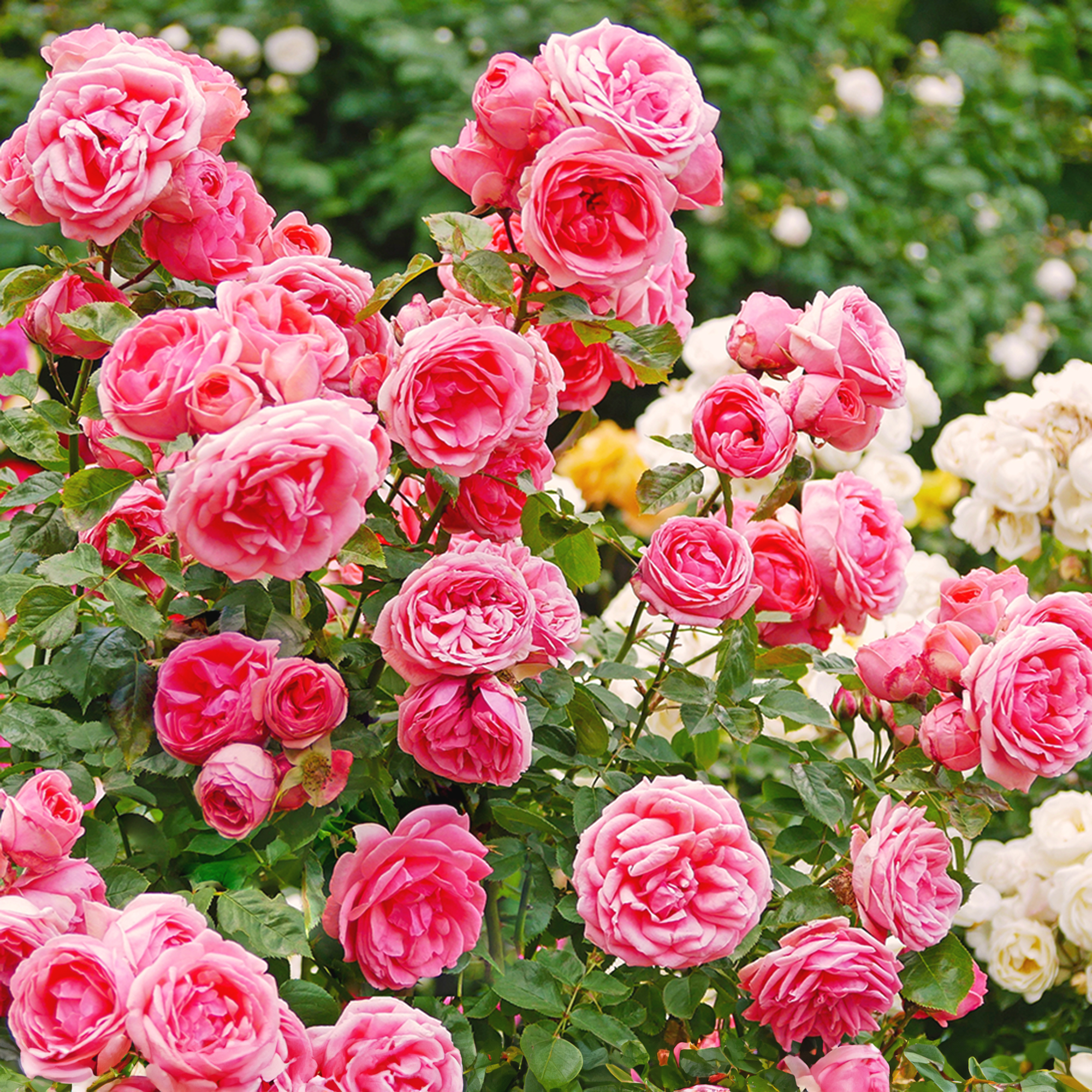 12 Best Shrub Roses For Every Garden – Enjoy Abundant Romantic Blooms All Summer Long
12 Best Shrub Roses For Every Garden – Enjoy Abundant Romantic Blooms All Summer LongFill garden beds, borders, and pots with these top-performing shrub roses and enjoy many years of color, beauty, and fragrance that spans three seasons.
-
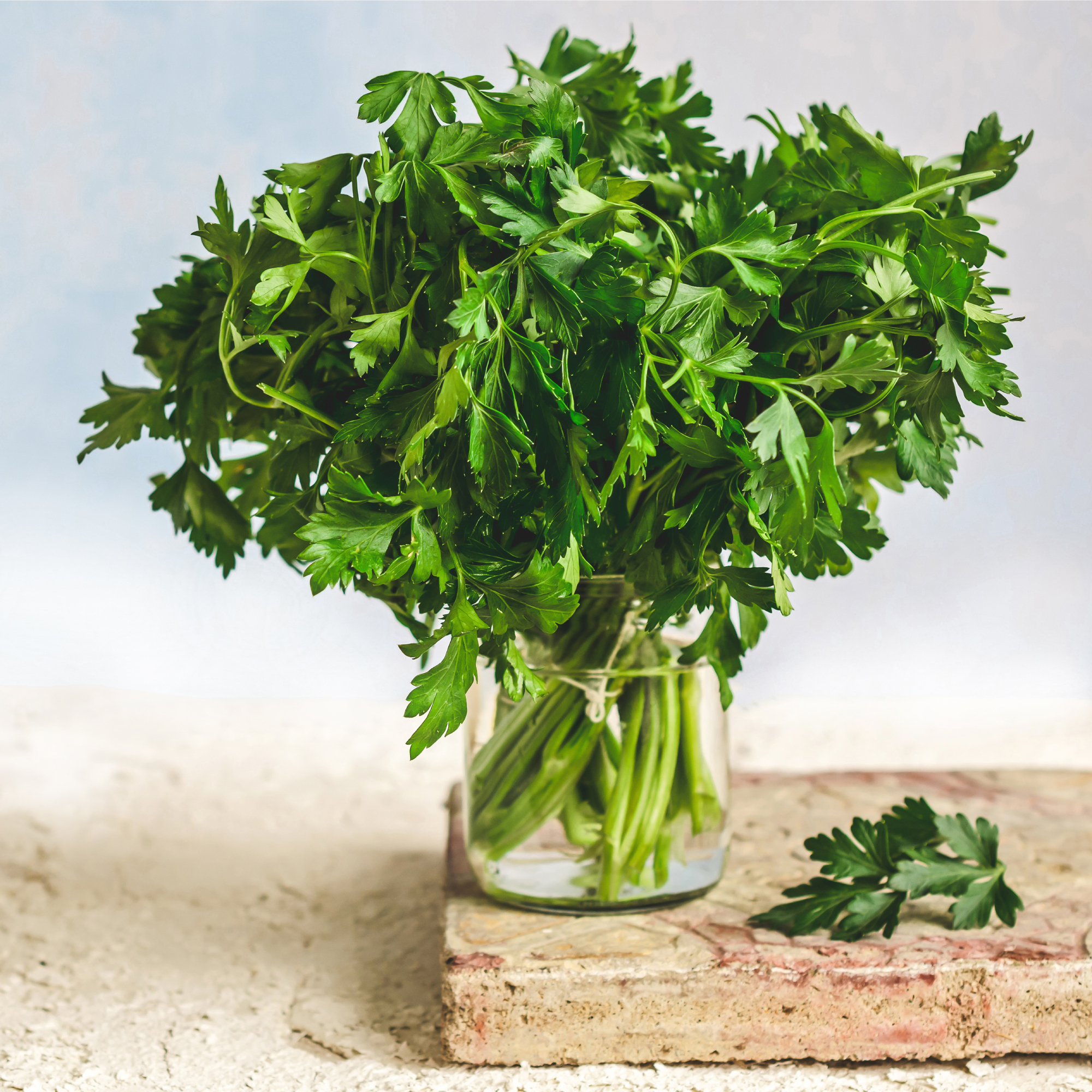 How To Store Fresh Herbs From The Garden: Best Methods To Maximize Shelf Life
How To Store Fresh Herbs From The Garden: Best Methods To Maximize Shelf LifeSo you've grown delicious and fragrant herbs in your garden, now what? Learn the best way to store your fresh herbs so you can enjoy your success longer!
-
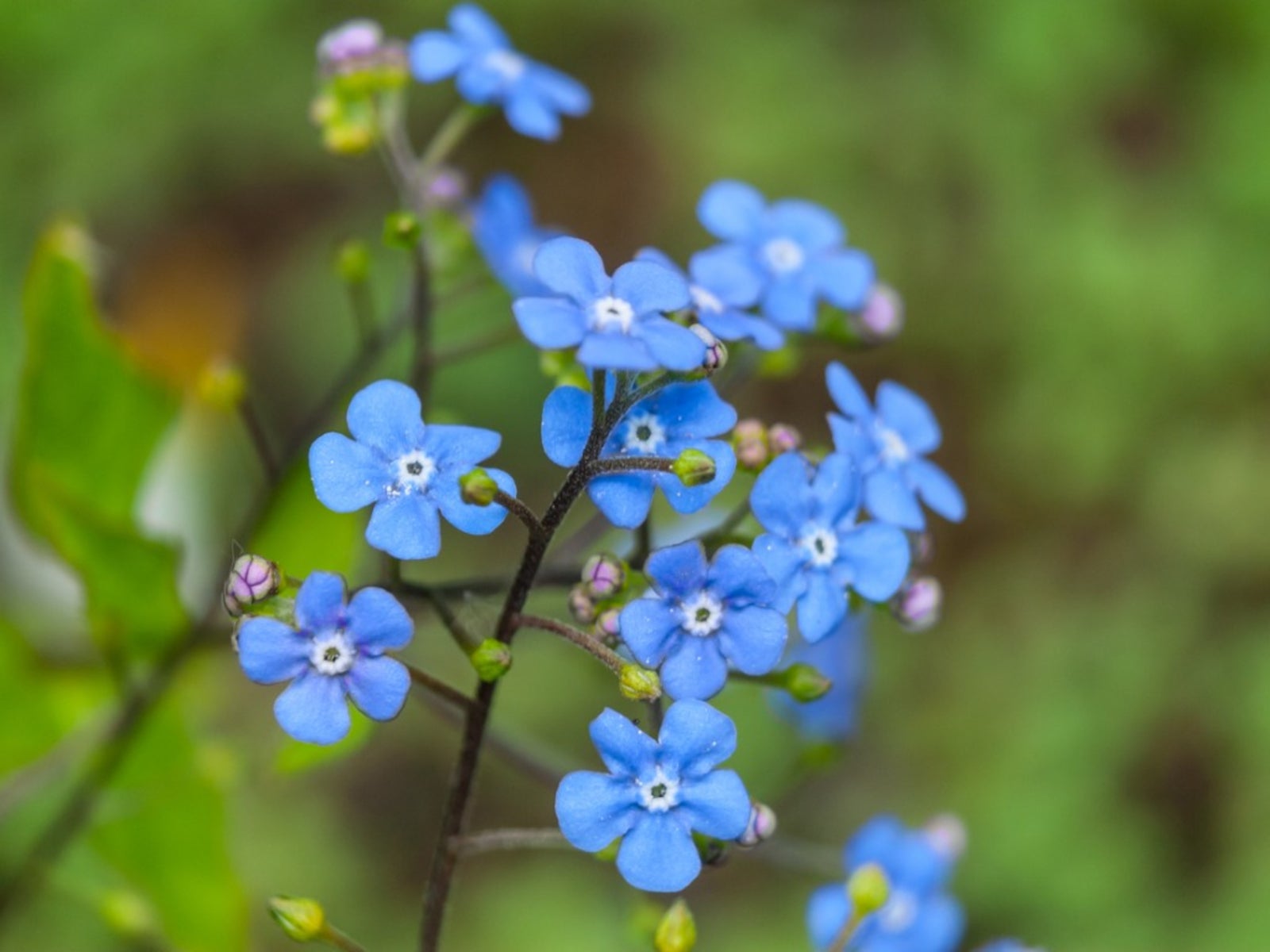 Flowering Pond Plants - Growing Aquatic Flowers
Flowering Pond Plants - Growing Aquatic FlowersAdding flowering pond plants to natural and manmade water features can be an easy way to quickly beautify a space with lush greenery and vibrant bursts of seasonal color. Read on for more.
-
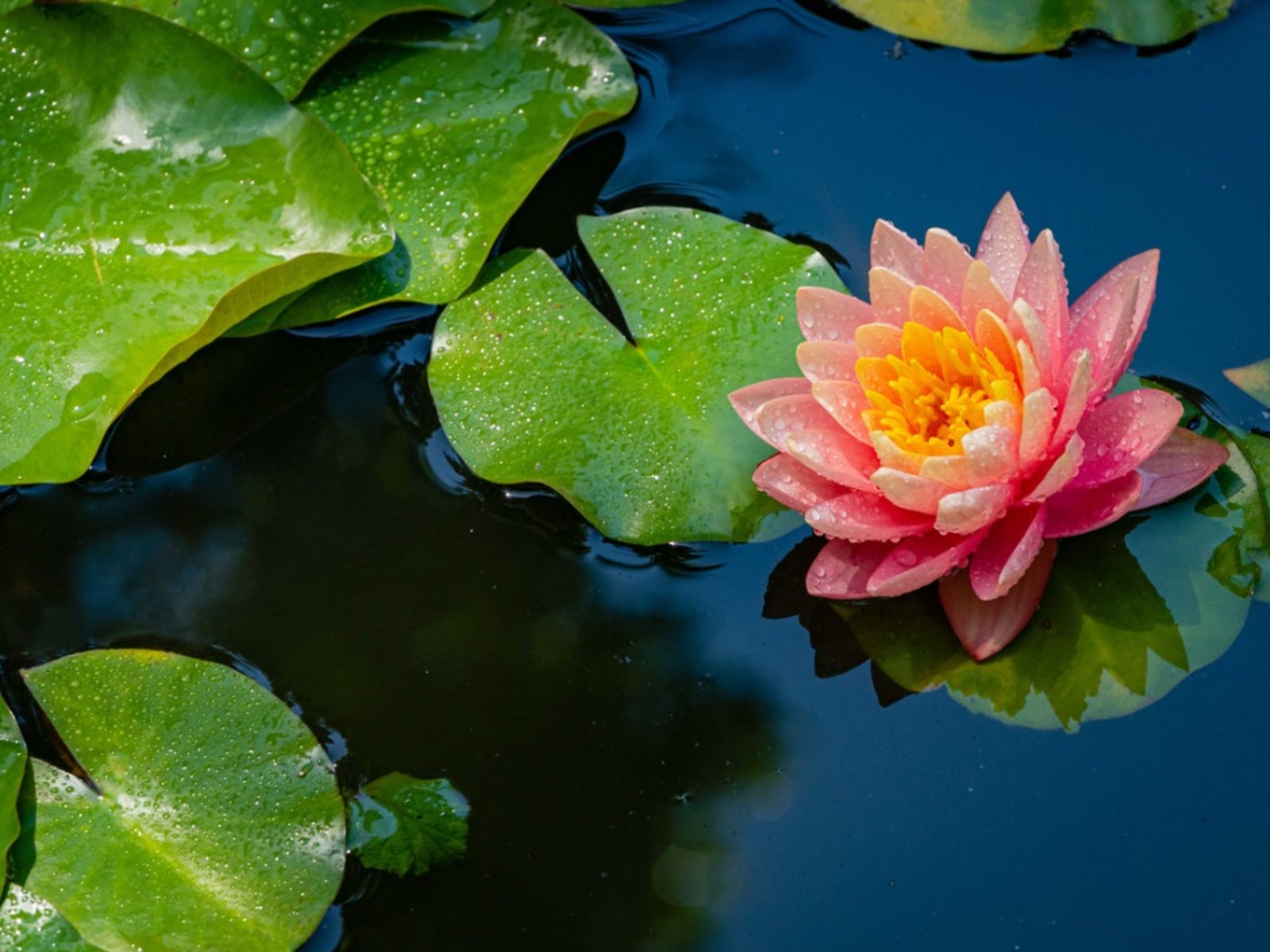 Full Sun Aquatic Plants - Full Sun Floating Pond Plants
Full Sun Aquatic Plants - Full Sun Floating Pond PlantsThere are pros and cons to putting a pond in full sun, but it's very doable. Here are some ideas to get you started.
-
 Echinodorus Creeping Burhead – Information On Creeping Burhead Plant Care
Echinodorus Creeping Burhead – Information On Creeping Burhead Plant CareCreeping burhead plants are members of the water plantain family and commonly used in freshwater aquariums or outdoor fishponds. Echinodorus creeping burhead is native to the eastern half of the United States. To learn more about the creeping burhead plant click the following.
-
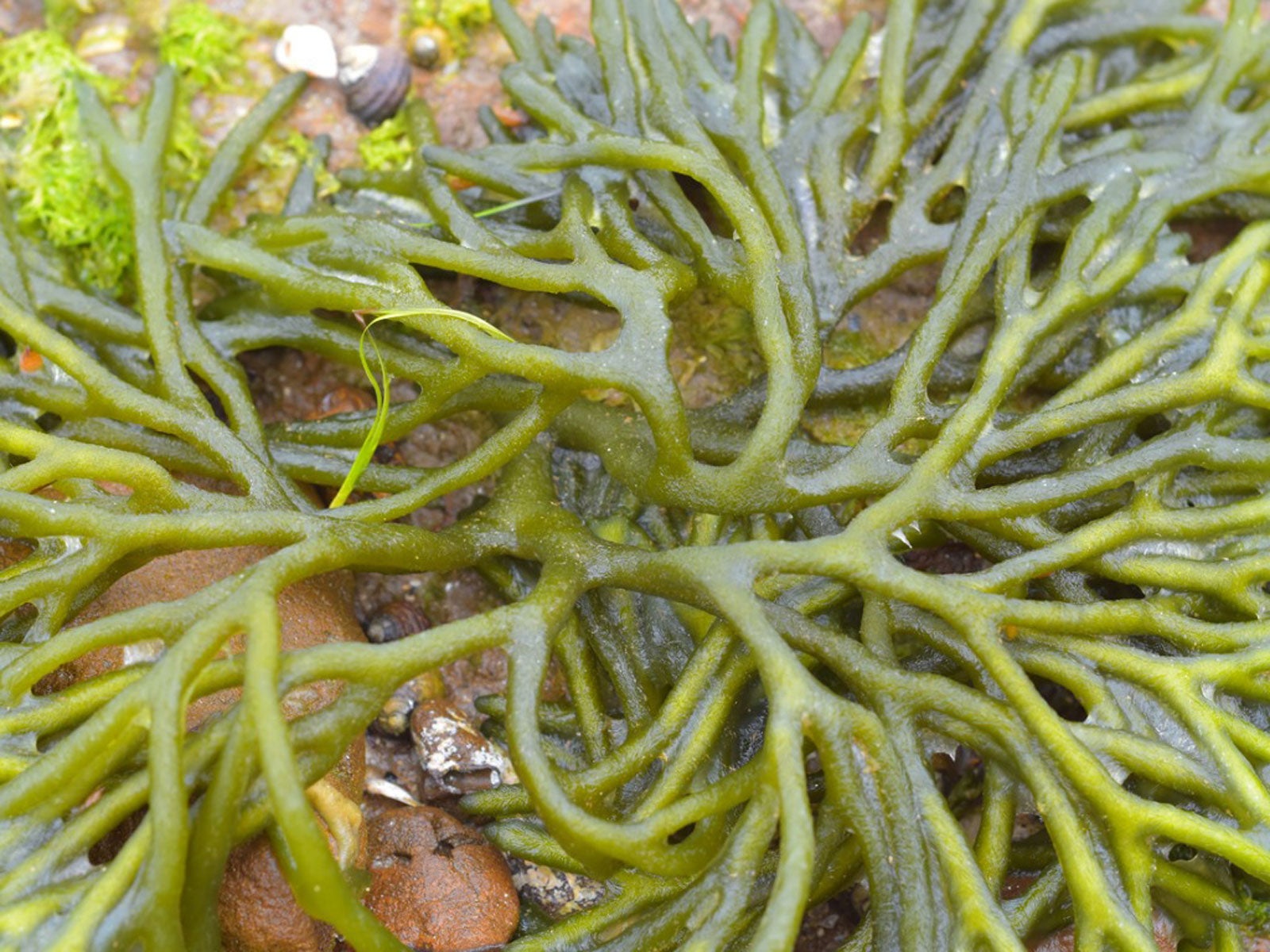 What Is A Saltwater Aquarium: Plants For Saltwater Aquariums
What Is A Saltwater Aquarium: Plants For Saltwater AquariumsBuilding and maintaining a saltwater aquarium requires some expert knowledge in choosing the right plants. Here are some choices to start with.
-
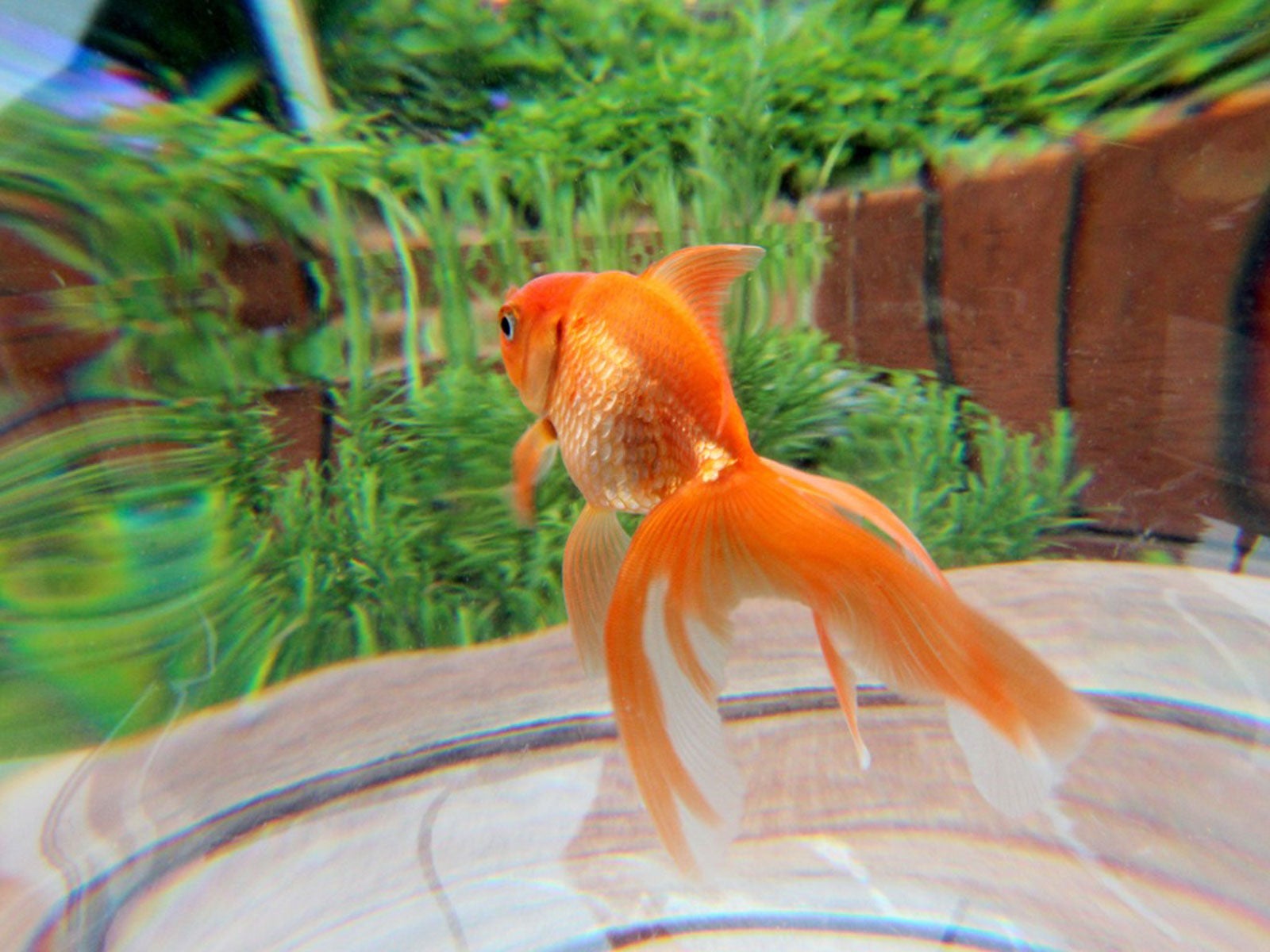 Outdoor Aquarium Ideas: Putting A Fish Tank In The Garden
Outdoor Aquarium Ideas: Putting A Fish Tank In The GardenAquariums are generally made for inside the house, but why not have a fish tank outside? Click here for tips and ideas on backyard aquariums.
-
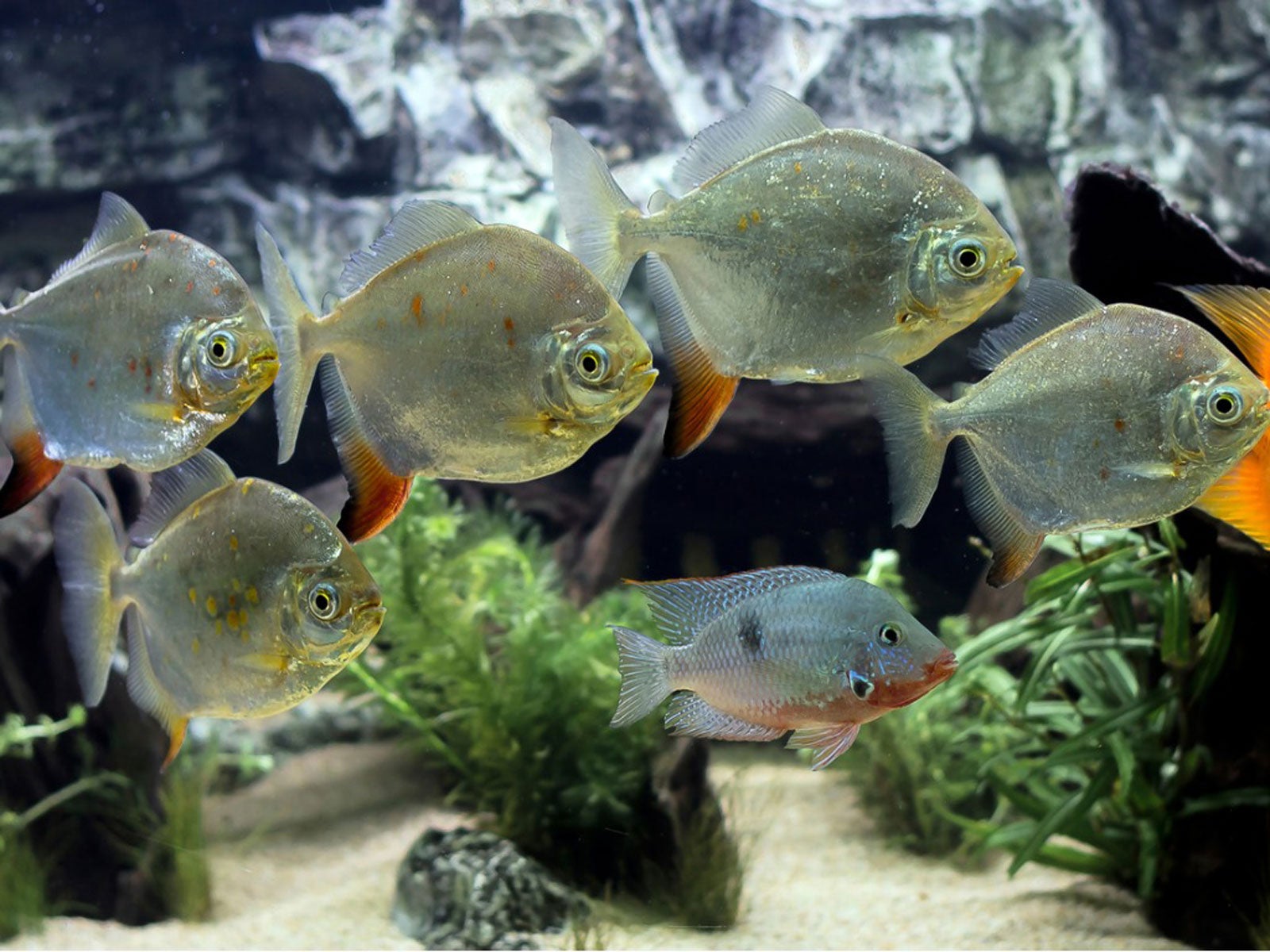 Fish That Eat Plants – Which Plant Eating Fish Should You Avoid
Fish That Eat Plants – Which Plant Eating Fish Should You AvoidGrowing plants with aquarium fish is rewarding, but if you want to combine plants and fish, learn what aquarium fish to avoid. This article will help.
-
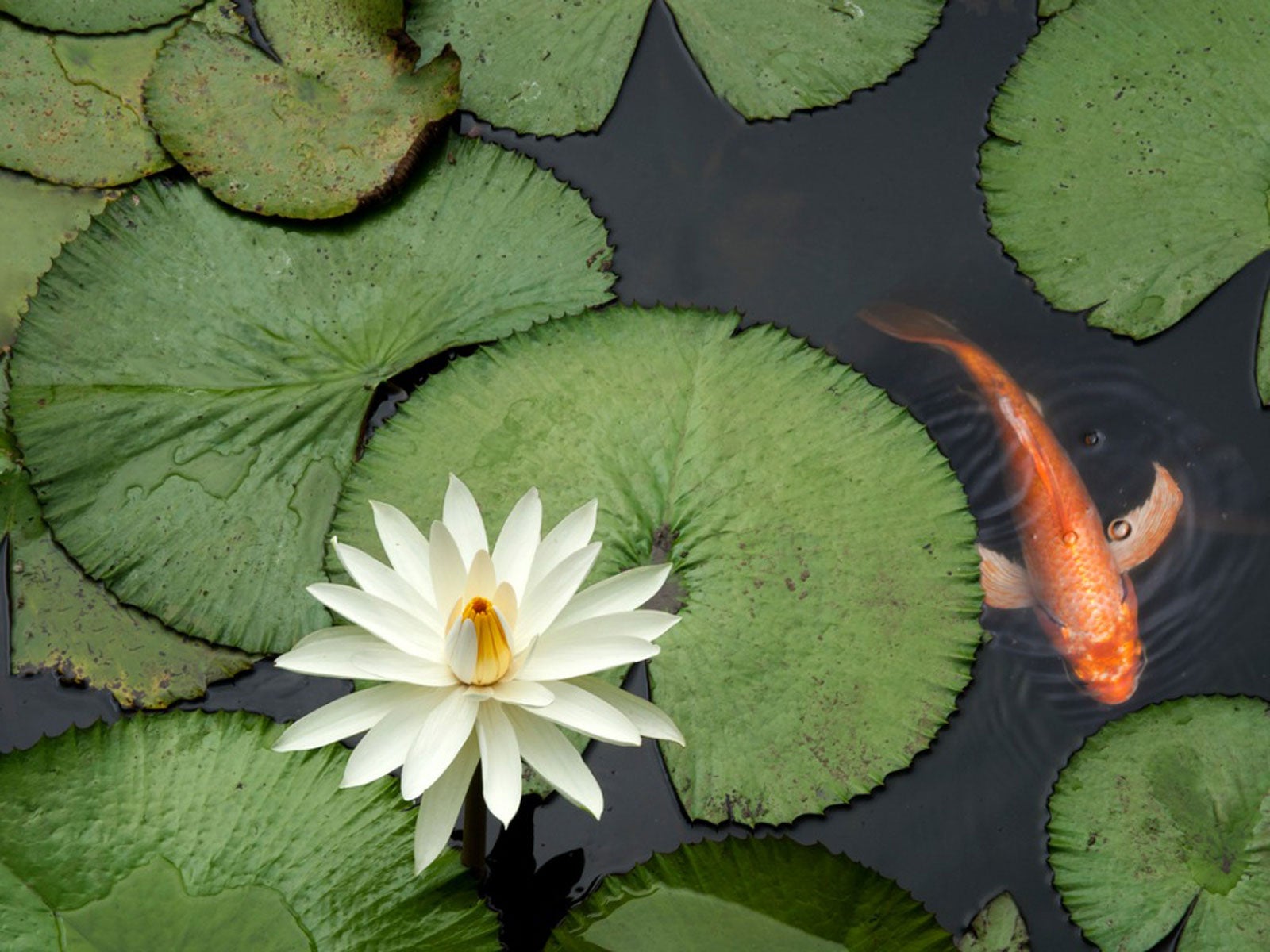 Is Pond Fertilizer Bad For Fish: Learn About Fish Safe Fertilizer
Is Pond Fertilizer Bad For Fish: Learn About Fish Safe FertilizerUsing fertilizer around fishponds must be done with care. Excess nitrogen causes algae, but can also contaminate the water and affect fish. Learn more here.
-
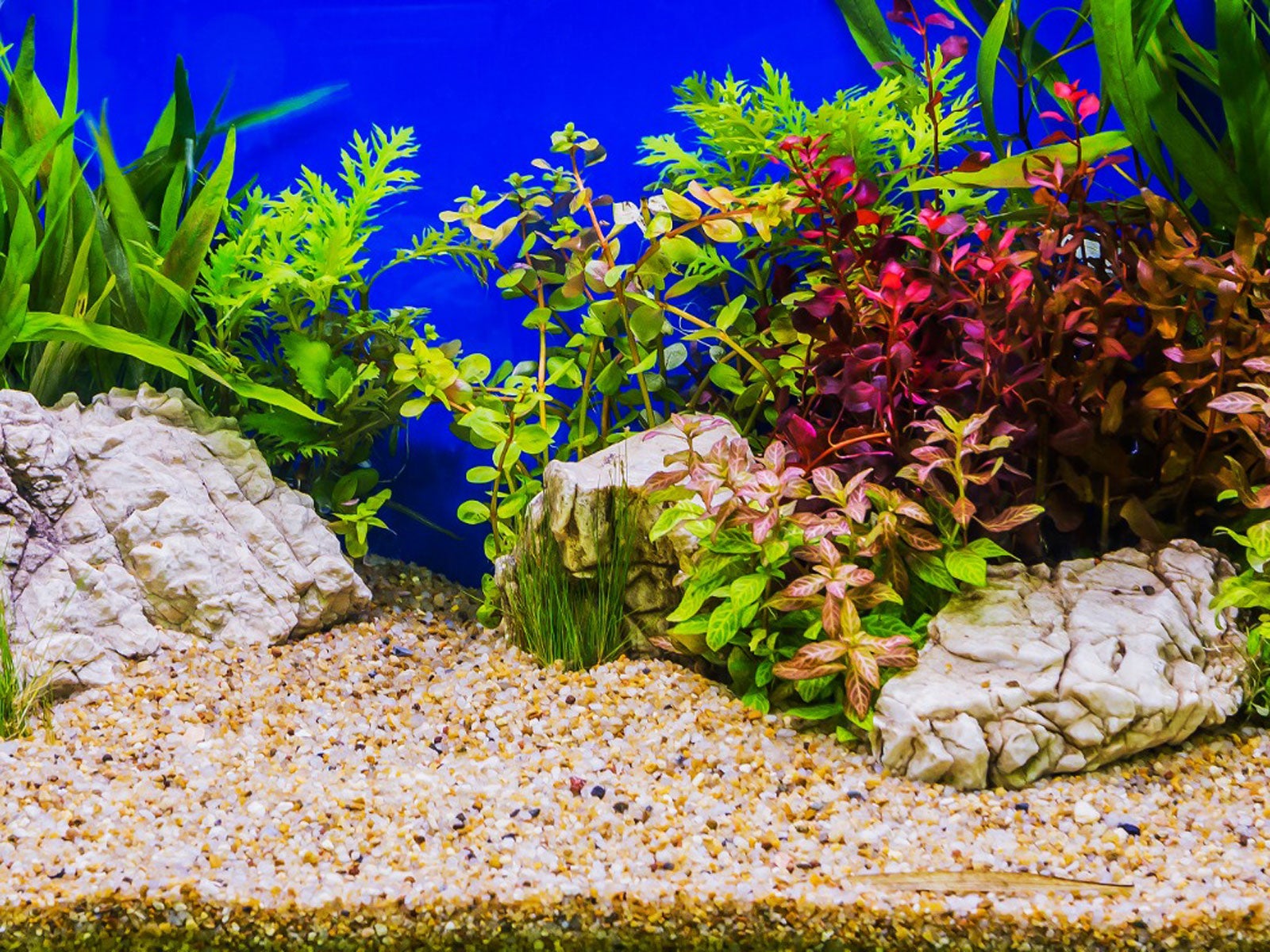 What Is Aquascaping – Creating An Aquarium Garden
What Is Aquascaping – Creating An Aquarium GardenAquatic gardening can be a rewarding endeavor, especially when aquascaping. Click this article to learn more about creating an aquarium garden.